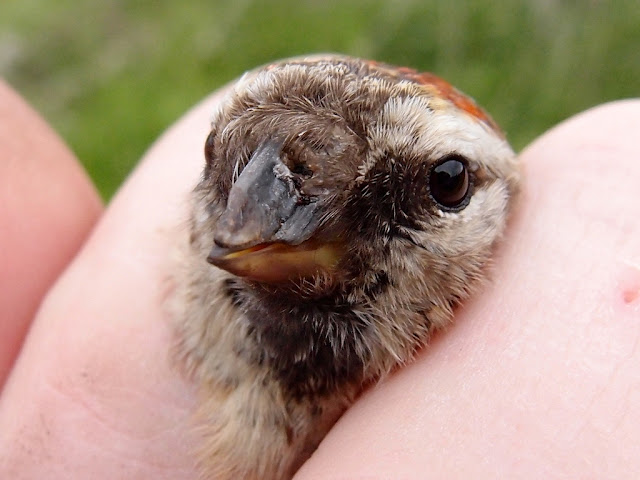 |
| Control Lesser Redpoll Y781820 |
 |
| Lesser Redpoll Z414896 |
 |
| There is only a bit of yellow in the otherwise red 'poll' of this bird but it shows they can have both colours and not just one or the other. |
 |
| Lesser Redpoll with deformed bill, photographed 27/05/15 |
 |
| Lesser Redpoll with deformed bill, photographed 01/05/15 |
 |
| Lesser Redpoll with deformed bill, photographed 01/05/15 |
 |
| Male Goldfinch D954944 showing broadly tipped golden-yellow lesser coverts. |
 |
| Male Goldfinch D954944 |
 |
| Juvenile Tree Sparrow. |


No comments:
Post a Comment